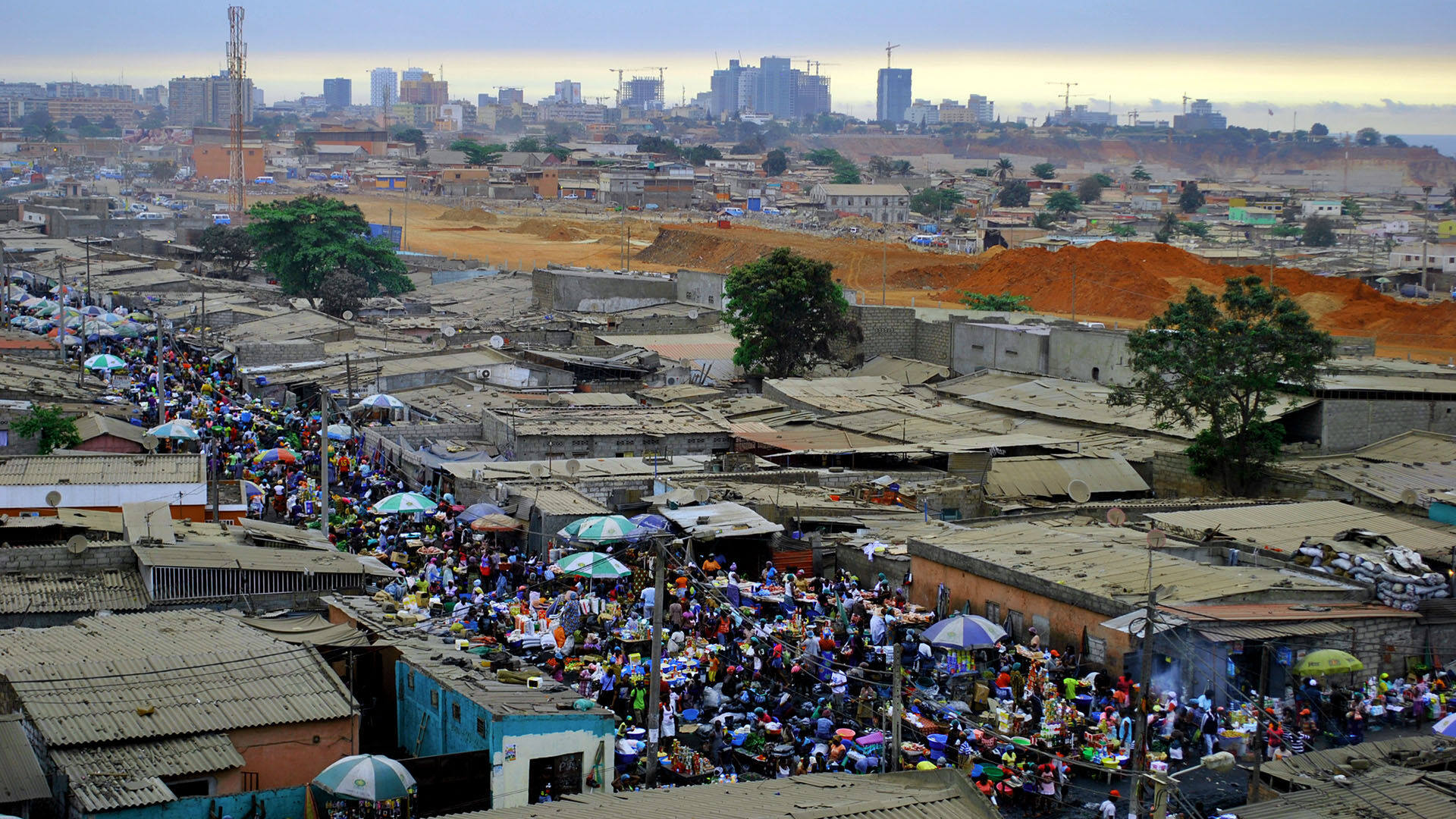
A large number of African countries are categorized as low-income countries in the global economy. This classification has a lot of disadvantages, but it also offers the chance to solve problems, which has led to some really great innovations and helped battle poverty.
Low-income nations frequently struggle to find the money for expenses for necessities like infrastructure, healthcare, and education. As a result, citizens’ quality of life and long-term growth are hampered by insufficient public services and infrastructure.
Economic shocks can also disproportionately impact low-income nations. Examples of these shocks include changes in the price of commodities or global financial crises, a problem many African countries have become conversant with.
Additionally, higher levels of poverty and income inequality are correlated with low-income countries. This inequality hinders social mobility and feeds poverty cycles, disproportionately harming vulnerable groups and rural communities.
As mentioned earlier, innovation and problem solving can result from a country’s low economic status. However, accessing and implementing technical developments and advancements might be difficult for low-income nations owing to a lack of access to the necessary tools and infrastructure to scale innovation.
With that said, here are the African countries listed as low-income countries by the World Bank.
List of African countries categorized as low-income countries
- Burkina Faso
- Burundi
- Central African Republic
- Chad
- Congo, Dem. Rep.
- Eritrea
- Ethiopia
- Gambia, The
- Guinea-Bissau
- Liberia
- Madagascar
- Malawi
- Mali
- Mozambique
- Niger
- Rwanda
- Sierra Leone
- Somalia
- South Sudan
- Sudan
- Togo
- Uganda










